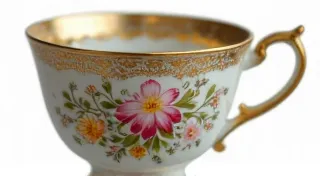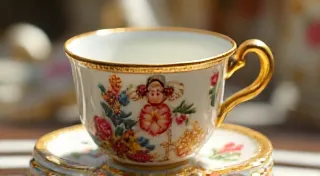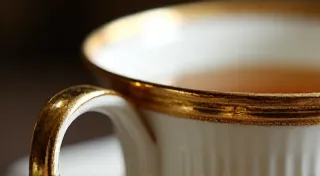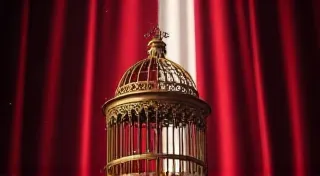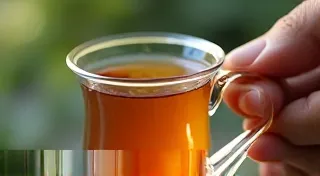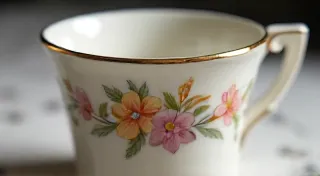Identifying Crown Staffordshire Tea Cups: Patterns and Evolution
Crown Staffordshire is a highly sought-after name in the world of antique tea cups and collectible china. Known for their quality craftsmanship, delicate designs, and wide range of patterns, identifying and appreciating Crown Staffordshire tea cups requires a bit of knowledge regarding their history and marking evolution. This guide will explore the company's timeline, the changes in their marks, and some of their most recognizable patterns.
A Brief History of Crown Staffordshire
The origins of Crown Staffordshire can be traced back to the early 19th century. It began as J. & C. Wright in 1827 and went through various name changes before settling on Crown Staffordshire in 1909. The company was a major player in the Staffordshire potteries region of England, known for producing a vast array of ceramics, including tableware, figurines, and decorative items. Their tea services, particularly, became renowned for their elegance and artistry.
During the late Victorian and early Edwardian eras, Crown Staffordshire flourished, catering to both domestic and international markets. They embraced new styles and techniques, creating patterns that reflected the prevailing tastes of the time. Production continued through the mid-20th century, although with varying degrees of quality and design until the company closed in 1970.
Understanding Crown Staffordshire Marks
Identifying a Crown Staffordshire tea cup often begins with examining the backstamp (the maker's mark). Crown Staffordshire used a number of different marks throughout their history. These changes can help pinpoint the approximate age of the tea cup.
- Early Marks (1890s - 1910s): Early marks often featured a simple crown symbol, sometimes with the words "Crown Staffordshire" or "Staffordshire England." These marks are typically found on earlier, more valuable pieces.
- "Crown Staffordshire China" Marks (1910s - 1930s): This became a very common mark during this period. Often in a scroll-like design.
- "Made in England" Marks (1930s - 1970s): Following changes in UK legislation, "Made in England" was added. These marks are generally found on later production.
- Later Marks (1960s - 1970s): Later marks were often more simplified and sometimes included the company's registration number.
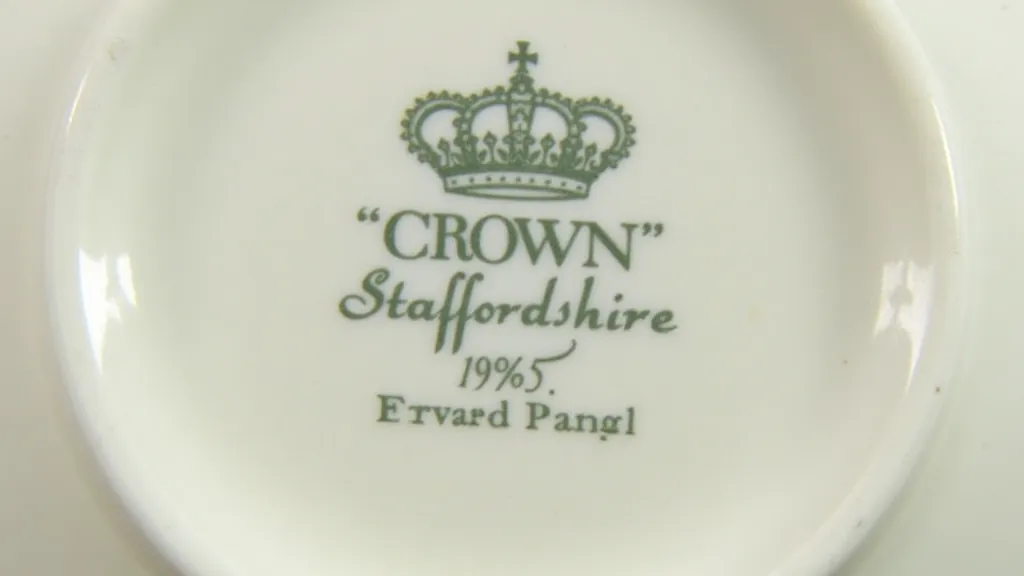
Popular Crown Staffordshire Patterns
Crown Staffordshire produced a dazzling array of patterns. Here are a few of the most recognizable:
- Byron: A particularly popular pattern, Byron typically features a floral design with richly colored roses and gold accents. It’s considered one of their most desirable patterns.
- Delphine: Delphine is known for its delicate floral detailing and often incorporates a pale pink or cream base.
- Glenwood: A charming pattern featuring a hand-painted cottage scene, representing a quaint English village.
- Royal Corinthian: This pattern is recognized for its ornate, gilded design and typically incorporates a vibrant floral motif.
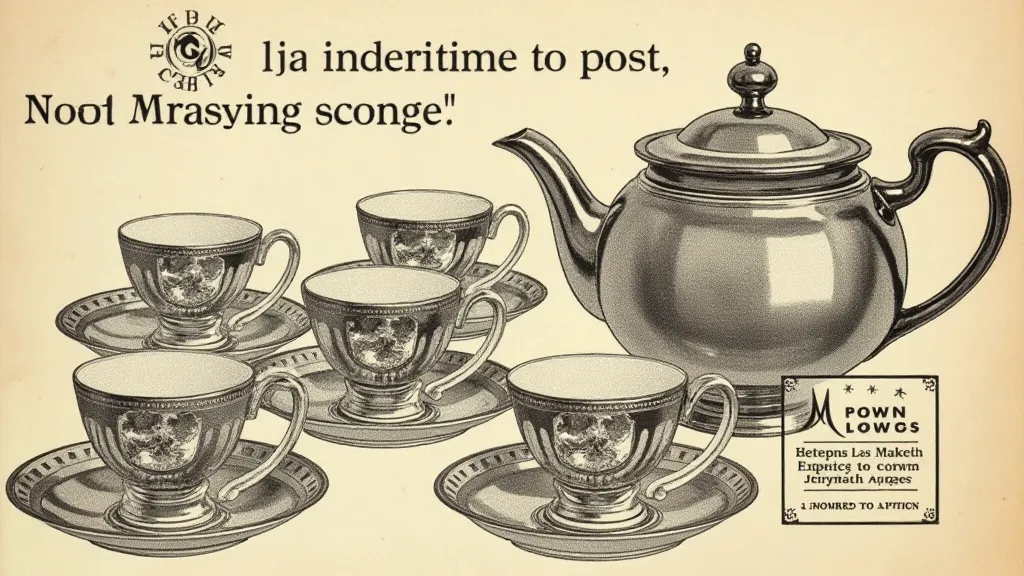
Factors Affecting Value
The value of a Crown Staffordshire tea cup is influenced by several factors:
- Pattern: Some patterns are considerably rarer and more desirable than others.
- Condition: Pieces in excellent condition, free from chips, cracks, and crazing, command higher prices.
- Rarity: The scarcity of a particular pattern or variation contributes significantly to its value.
- Size and Set Completeness: A complete tea service will be worth more than individual pieces.
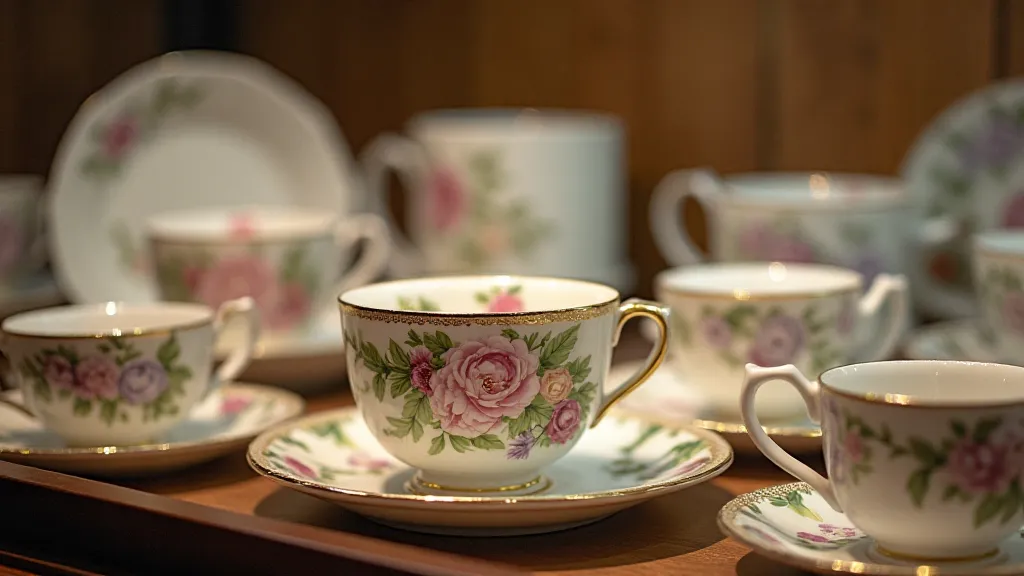
Resources for Further Research
Identifying antique tea cups can be a rewarding hobby. Further research online and in antique guides can significantly increase your knowledge and ability to identify these beautiful pieces. Happy collecting!
